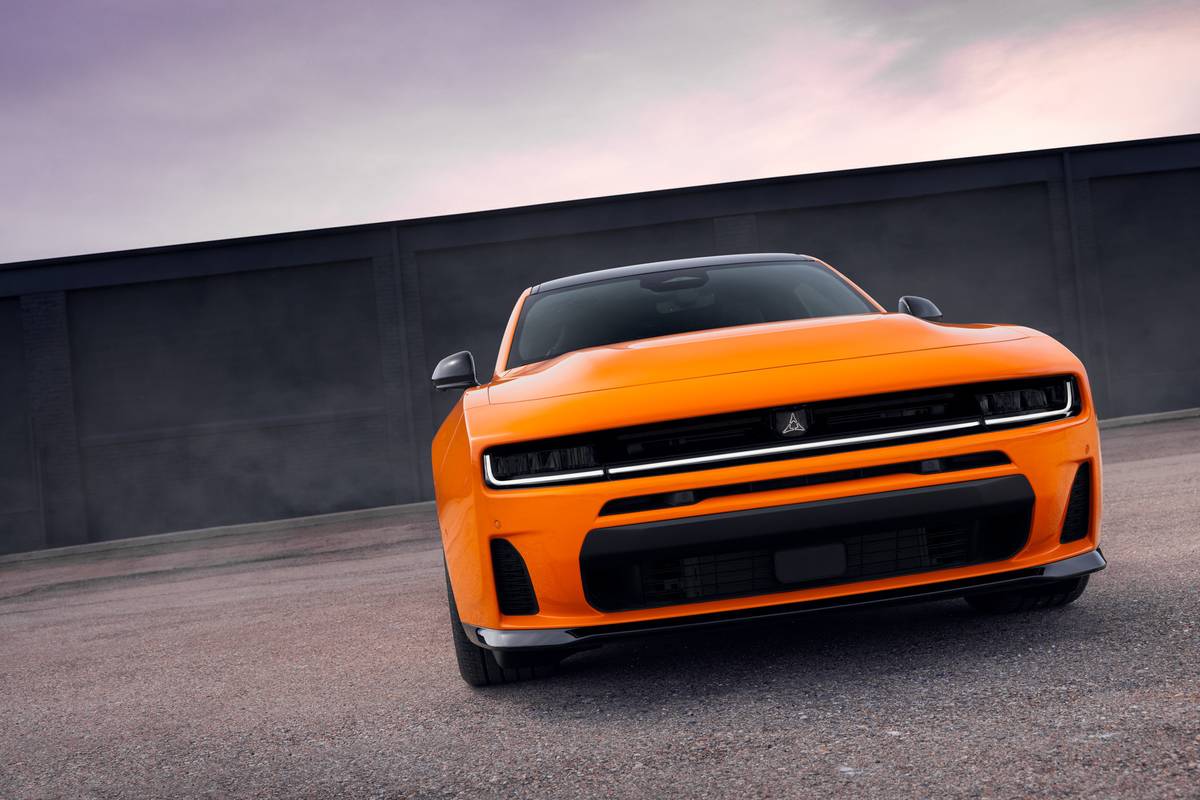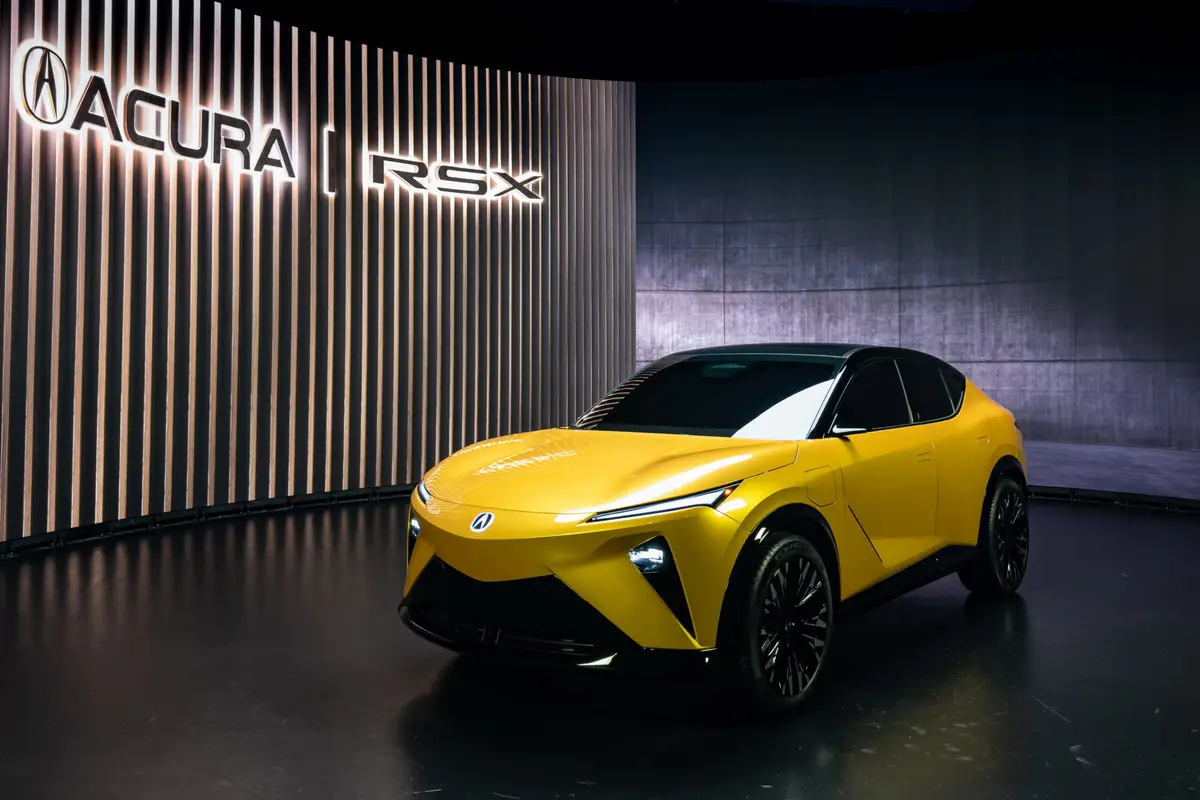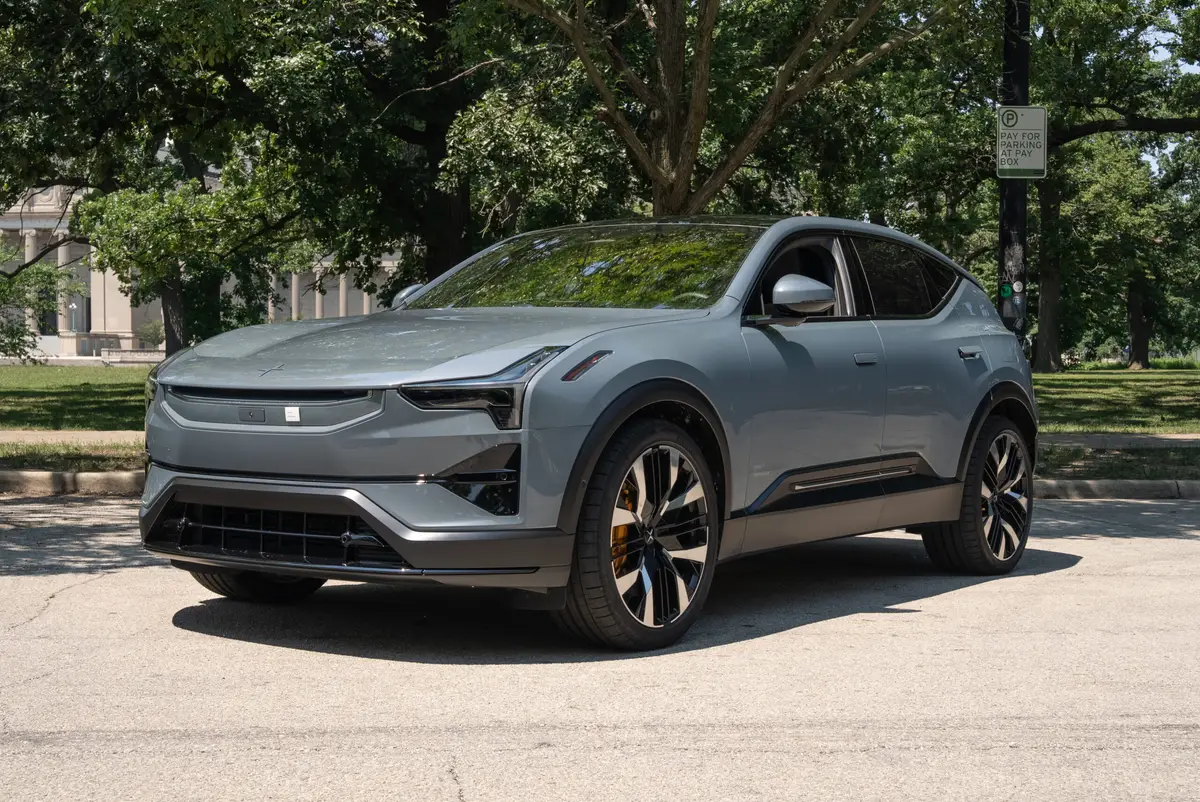Driving the Nissan Cube

The Nissan Cube has the distinction of being the Japanese box on wheels that didn’t come to the U.S. first and become a surprise hit. That honor goes to the Scion xB, which appeared in 2004 and unexpectedly outsold its more conventionally shaped stablemate, the xA, thereby launching a whole new brand.
Nissan has committed to selling the Cube here starting in the spring of 2009. Now, to be clear, that model will be a whole new generation, not the version Nissan let us play with for a day. All the same, I thought you’d like to get a feel for the Cube, and I never miss an opportunity to wipe the windshield every time I make a turn. You see, this is a Japanese-spec model, which means the steering wheel’s on the opposite side of the car and the turn signal stalk is on the opposite side of the steering column. If you’ve ever switched to a right-hand-drive car, you know exactly what I mean. Fortunately, it was raining when the Cube came, which gave me a day of “I meant to do that”s.
Other aspects were decidedly Japanese — most notably the engine, a 1.4-liter four-cylinder that comes admirably close to producing 100 horsepower.
The 0-60 mph time is somewhere between eventually and don’t hold your breath. Having a four-speed automatic didn’t speed things along, but something makes me think operating a manual shifter with my left hand would have led to poor results. This Cube had electric all-wheel drive. Flip a dashboard switch and an electric motor drives the rear wheels at low speeds. Technically, this Cube is a hybrid. It doesn’t have a battery pack or regenerative braking — just a generator up front that sends juice to the rear. It’s not about improving mileage, but to my way of thinking, gas engine + electric traction motor = gas/electric hybrid. In a sense, e-AWD probably does improve mileage, because the added components are lighter than a full transfer case and driveshaft might be. It also keeps the floor relatively flat because there’s no need for a drivetrain tunnel and the associated hump.
With AWD switched on, I could hear an added whir from the rear motor, and, as Nissan claims, the off-the-line acceleration improved a bit, going from an amble to more of a mosey. Nissan may choose to equip the U.S. model with a larger engine, which is customary. I’m not sure they should. Even with AWD and the aerodynamics of a tool shed, this one is estimated to get close to 40 mpg. That’s what you get with tiny engines.
If more Americans could accept modest (and, in fairness, occasionally inadequate) acceleration, our cost and ecological situations would be decidedly different. Then there’s the fact that the original xB had a tiny engine and great mileage, and that didn’t seem to hurt it. It’s even possible that it helped. The first xB sold here was smaller overall. Where this Cube is about 5 inches shorter from bumper to bumper that it was, and a few inches narrower, it’s a full 20 inches shorter than the current xB. This is fine by me. The boxy shape makes for surprising roominess inside, and that’s an important attribute in a small, affordable car, especially in today’s economic climate. This test car had a bench front seat, which is novel to us Americans, and I liked it. A flip-down armrest with a storage console should more than satisfy the rigid Yanks who’ve banished the bench in favor of fixed center consoles.
At the risk of offending a Scion fanatic (not that anyone would ever be offended by something in this blog…), I preferred the original xB to the current version. The new one is larger, less boxy and less efficient. It’s a real car now, which sounds like a compliment, but there are a lot of real cars out there. It’s possible the smaller xB did well because of, not in spite of, its odd attributes. What we’ll get in the next-generation Cube is a mystery, but I hope it stays small, efficient and boxy. The most Nissan will say is that it will retain its “Cubeness,” which is its asymmetrical design and overall … gestalt.
Shiro Nakamura, head of Nissan Design, once joked that, unlike some cars, which are designed to look like they’re in motion even when standing still, the Cube is meant to look like it’s standing still even when it’s moving. The Cube, he said, isn’t supposed to be a sports car; it’s supposed to be fun. The one I drove certainly was.

Former Executive Editor Joe Wiesenfelder, a Cars.com launch veteran, led the car evaluation effort. He owns a 1984 Mercedes 300D and a 2002 Mazda Miata SE.
Featured stories



2025 Polestar 3 Review: Understated Electrified Luxury

